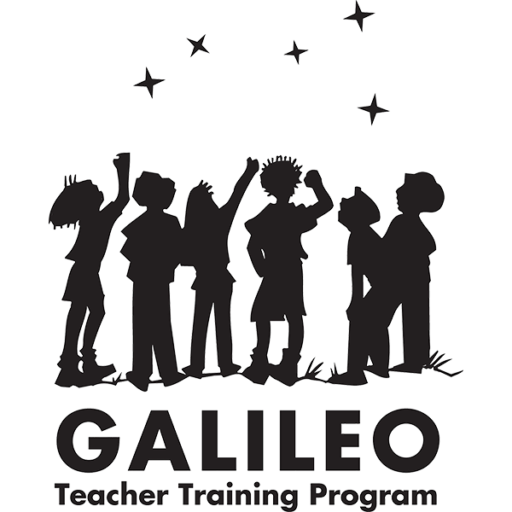Editor’s note:
Following is a feature from the Iranian physics teacher; Farahnaz Sadidi who engage students in non-traditional methods to teach physics at school. GTTP community can get in touch with Farahnaz via email to exchange ideas and to provide feedback.
###
I believe that when a person desires something earnestly, he or she can achieve it. But it needs getting up and being aware that they have to take the risk. It‘s the law of nature that you should work hard to reach your goals; and this is exactly what makes life fascinating.
This perspective helps me to enjoy working as a teacher and being ready for new challenges every day. As a physics teacher, I look at physics education as a way of thinking, letting students find their philosophy of life and enjoy learning. This idea makes physics something beyond formulas which should be applied to answer the students who ask why we are learning Physics. It comes up with applying different teaching methods met the inquiries of active learning which contributes to active understanding. In this system, students have been encouraged to ask questions, bringing their knowledge into challenge, making own version of what they learn and find philosophy of life.
It seems difficult task and involves quite a lot of effort. But the necessity of training the next generation of leaders of the society encourages me to push forward.
Students of grade 9 in our school are expected to learn five chapters including energy, heat, electricity, light and lens. My colleague; Hiva Alizadeh (physics teacher) and I made a decision to run physics class according to project-based-learning and project-based-exams. This physics class is the only one in Iran which runs with this method. Students experience interdisciplinary learning and are able to make connection between Physics, Environment, Biology, Geography, Geometry and Art. The physics course begins with presenting some images and a video on the air pollution issue in the city of Tehran in Iran. Students are asked to go through the problem and do research to understand the level of catastrophe. Hands-on activities and experimental works accompany theoretical concepts and make a dynamic classroom where students actively explore real-world problems and challenges and acquire a deeper knowledge. This leads them to search for solutions and make a solar oven to respect the Sun not only as a source of renewable energy, but also as a replacing solution to fossil fuels to avoid more pollution in the city of Tehran.
I believe that these experiences and outcomes from within and across curriculum areas can provide relevant, challenging and enjoyable learning experiences. It meets the needs of students and let them look at the problems from different perspectives.
Moreover, I run a workshop on Particle Physics for students with this approach. Unfortunately, there are no courses in Particle Physics in our curriculum and I have started working on this area since participating at CERN High School Teacher Program in 2013.
I know that sharing my educational experiences with colleagues all over Iran, let me to be update and keen about new developments in this area. This is why I have made two blogs on school educational activities and particle physics to share my experiences and get my colleagues’ feedback to evaluate my work and make it more effective.
I believe that the world stands aside to let anyone, who knows where he is going, pass and this motivates me to work harder toward my goals.
— Farhnaz Sadidi, Physics Teacher, Tehran, Iran
###


